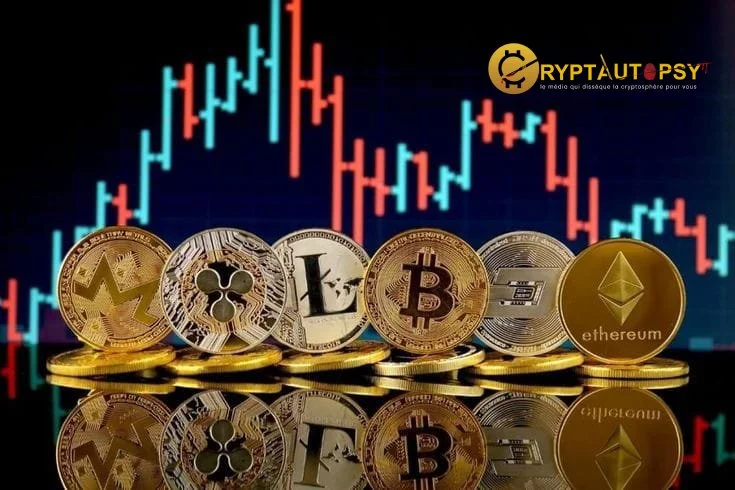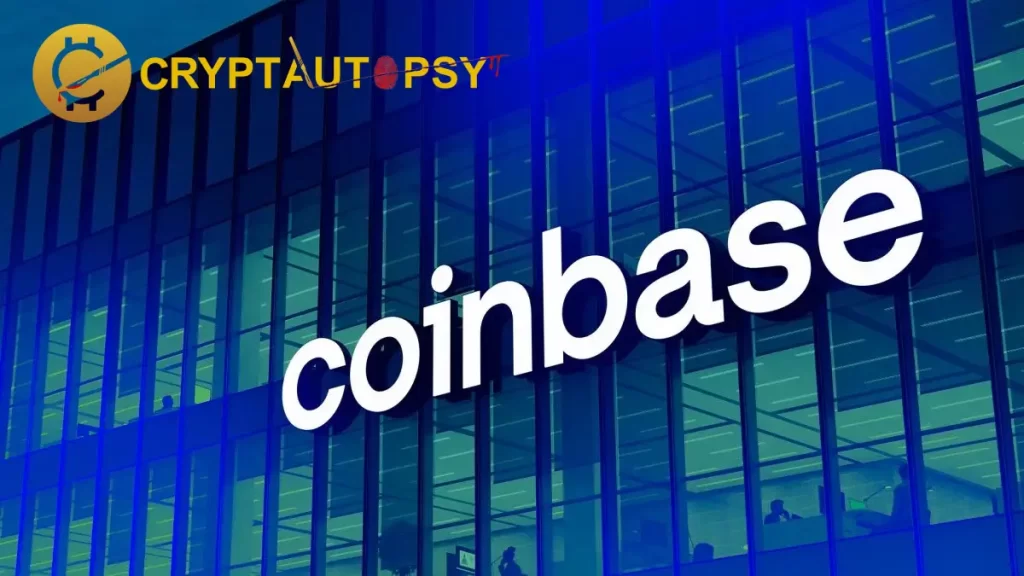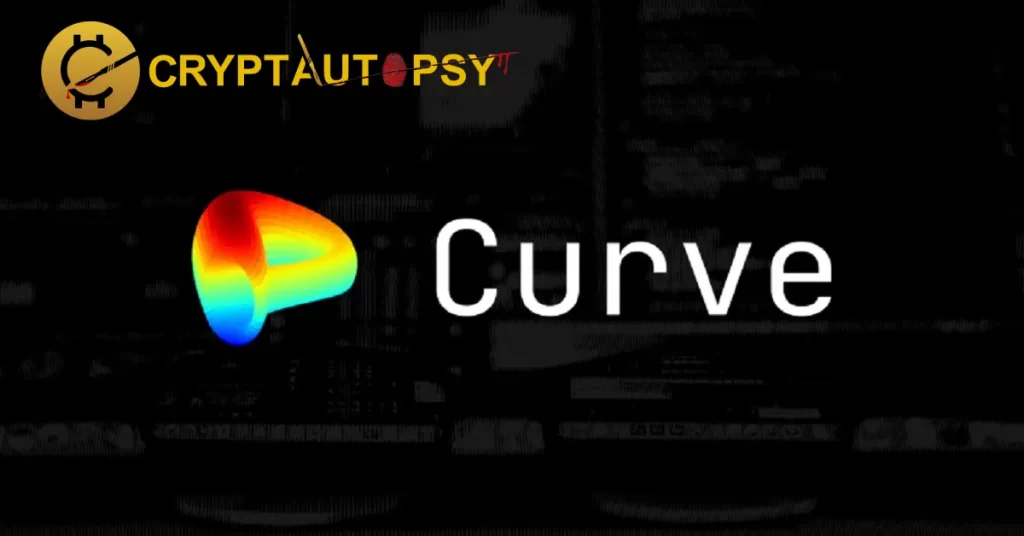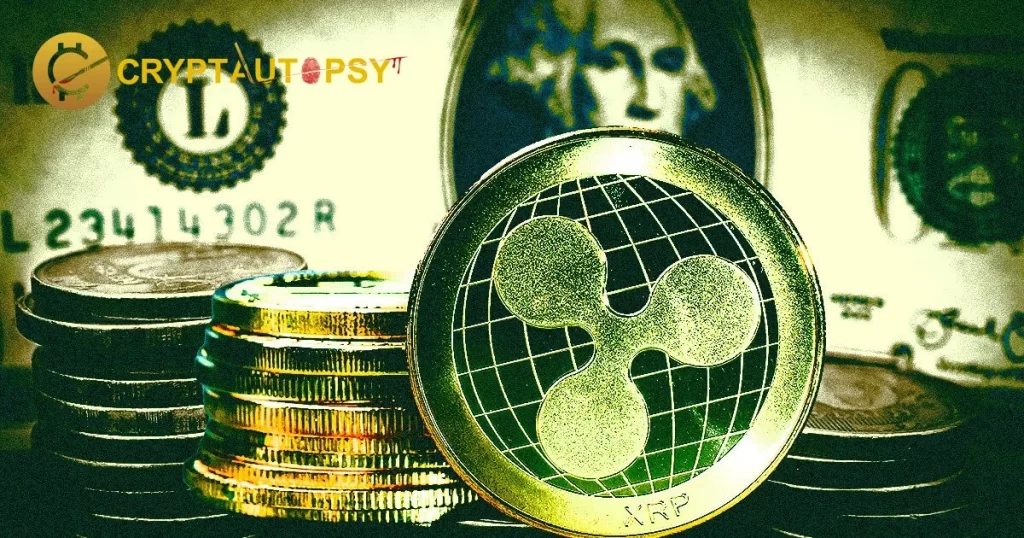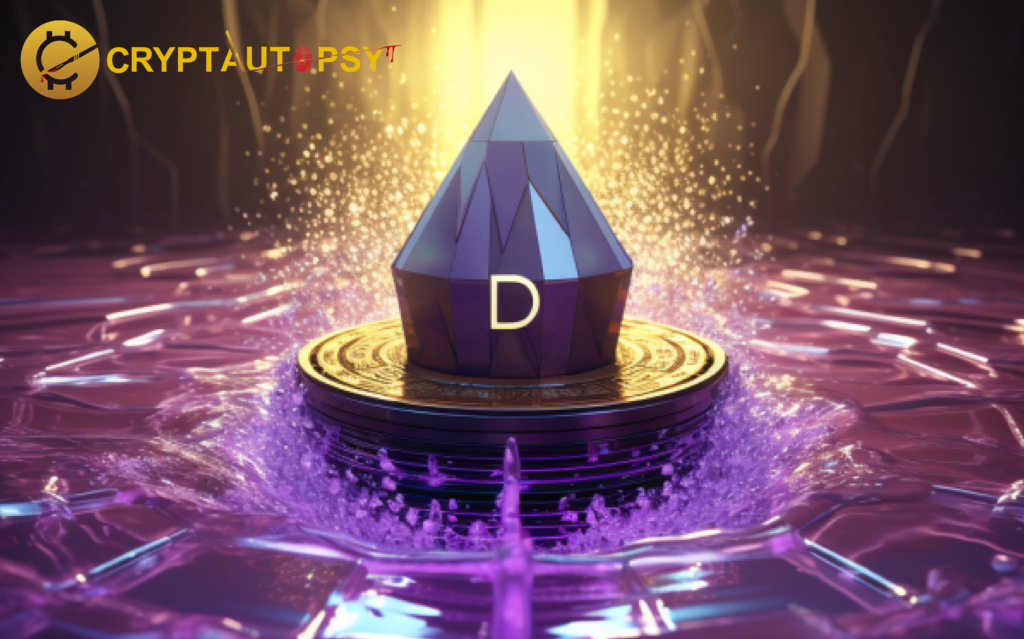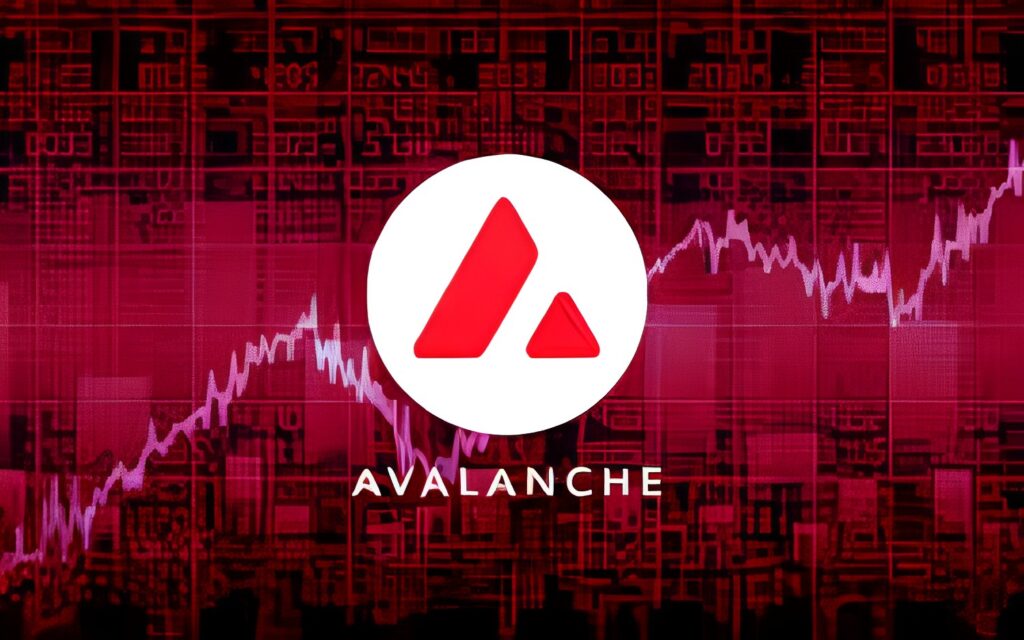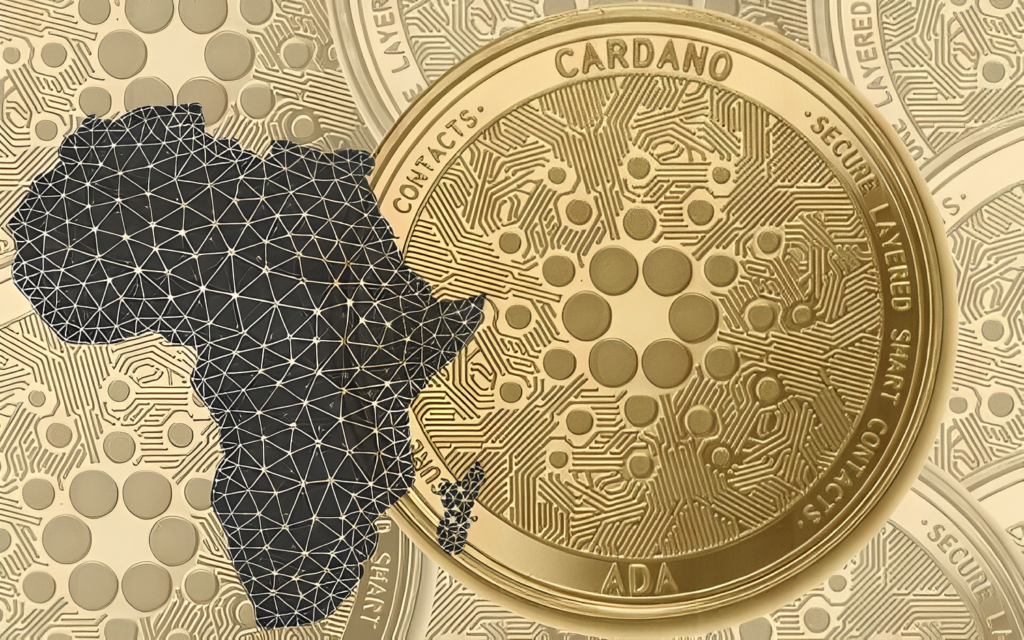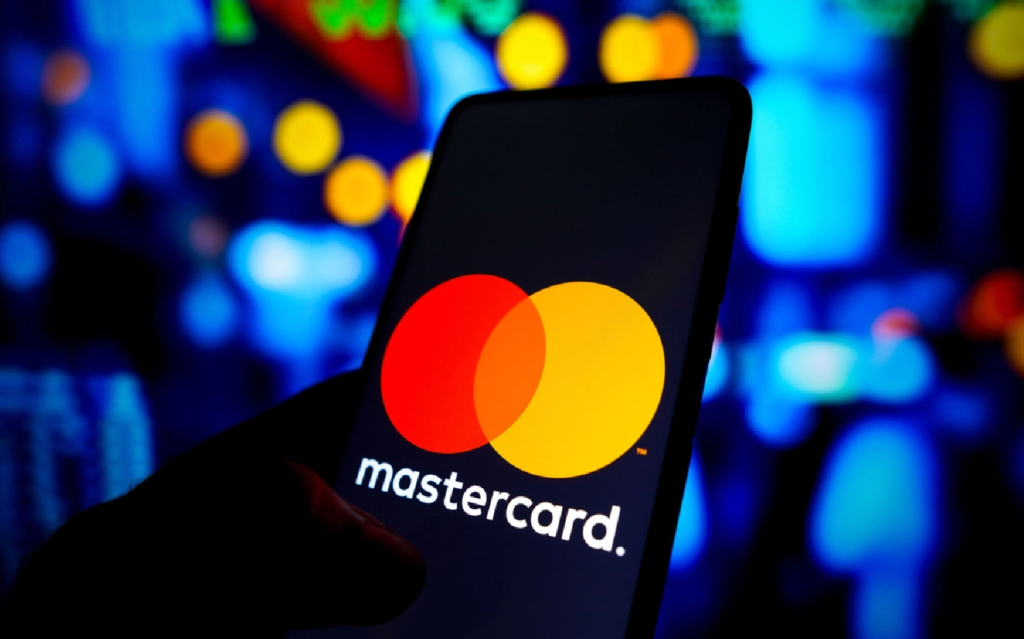Understanding Chainlink: The Go-To Oracle Solution

The Transformation of Digital Finance
With the introduction of cryptocurrencies, the landscape of digital finance has undergone a significant transformation. In the realm of these decentralized alternatives to conventional systems, Chainlink has consistently maintained its position within the top 20 cryptocurrencies.
Introduction to Chainlink
Launched in 2017, Chainlink is a digital currency designed to solve the interoperability issue within the blockchain ecosystem. Acting as a bridge, it links blockchain-based smart contracts to external data sources such as financial and weather data. This unique function qualifies Chainlink as an oracle.
Chainlink as an Oracle
Chainlink achieves this by using a network of nodes that collect data from external sources and deliver it to the blockchain’s smart contracts. These nodes are rewarded with LINK, Chainlink’s native cryptocurrency, for their service. As such, LINK serves a dual purpose within the network – as both a utility and a reward.
The Significance of Oracles
Oracles play a critical role in the blockchain ecosystem. They connect smart contracts with real-world data.
The Oracle Function
While smart contracts offer high security and immutability, they are unable to access external data independently. That’s where oracles come in. They source data from trusted entities and deliver it to smart contracts, enabling these contracts to make informed decisions and execute actions.
Oracles in DeFi
n the world of decentralized finance (DeFi), oracles are extremely important. DeFi protocols heavily rely on accurate, up-to-date data for various functions, such as price feeds, lending, and insurance. Chainlink’s oracle network ensures the authenticity and reliability of this data, enabling DeFi applications to operate securely and efficiently.
Exploring Chainlink’s Tokenomics
As per CoinMarketCap, as of May 3, 2023, there are 517,099,970 Chainlink tokens in circulation out of a maximum planned supply of 1,000,000,000. This suggests that about 52% of the total supply is currently in circulation. Considering its limited supply and the release of roughly half of it since its inception, Chainlink appears well-positioned for growth.
Analyzing Chainlink’s Price Structure
Chainlink’s pricing displays an interesting pattern. It has established around a key price zone highlighted at $6.385, corresponding to the previous peak before the last bull run, and aligns with the 0.886 of the Fibonacci retracement, a common strong support level for altcoins.
Current Market Trends
Similar to XRP.
To gain a deeper understanding of the market’s volatility, let’s take a look at three volatility indicators:
Bollinger Bands: The narrowing of the Bollinger Bands (the blue bands above and below the price) signifies reduced volatility. When a market transitions from high to low volatility, significant price movements often follow.
Volatility Index: The volatility index, displayed beneath the Chainlink chart, is on a downward trend, suggesting that volatility has reached its lowest point in several weeks.
CHOP Indicator: The CHOP indicator, one of my preferred metrics, suggests an impending impulsive movement when its value exceeds 60 (as is currently the case). Given the weekly timeframe, this could indicate a strong movement in the near future.
While a substantial impulsive movement can be expected, it’s challenging to predict the direction it will take. No one can accurately predict the future trajectory of the market. While the price points seem ripe for potential rebounds, there is always the risk of a further downward shift. The support level may hold strong, driving the price upwards.
The Future for Chainlink
In the event of a decline, Chainlink’s next support level is around $1.5, equating to an 87% drop. While this would be a significant setback, understanding these potential levels can offer insights into potential price halts.
Potential Scenarios
On the other hand, an increase would be a welcome development. The next resistance levels are at $15, $20, and $40—prices that are fundamentally achievable. Reaching these milestones would be an impressive achievement, especially during a bull run. If Chainlink were to re-enter the top 10 cryptocurrencies with its current supply, it could lead to an estimated market capitalization of $80 billion and a price of $150. This is an intriguing scenario to contemplate. (Please note that this figure could change depending on the total token supply during the next bull run.)
The Bullish Case for Chainlink
If Chainlink can withstand market challenges and another bull run begins, strategically entering the market could be considered a smart move based on technical analysis, even before the trend fully takes hold.
Final Thoughts
Chainlink stands out as an extraordinary oracle network, with its native cryptocurrency LINK currently in an ideal long-term zone. However, it has yet to see a major upward movement compared to other cryptocurrencies. Caution is advised as any drop in Bitcoin’s price could negatively impact Chainlink’s performance.

FAQs
What makes Chainlink unique in the crypto space?
Chainlink is unique in that it acts as a bridge between blockchain-based smart contracts and external data sources. This function makes it an oracle in the crypto space.
What role do oracles play in DeFi?
In DeFi, oracles are critical as they provide accurate, real-time data for various functions like price feeds, lending, and insurance.
How does the tokenomics of Chainlink look like?
As of May 3, 2023, about 52% of the total Chainlink tokens are in circulation. Given its limited supply, Chainlink appears to have a strong growth potential.
What factors could impact Chainlink’s price in the future?
Chainlink’s price could be influenced by various factors, including market volatility, the overall performance of the crypto market (particularly Bitcoin), and the utility and demand for LINK within the Chainlink network.







































